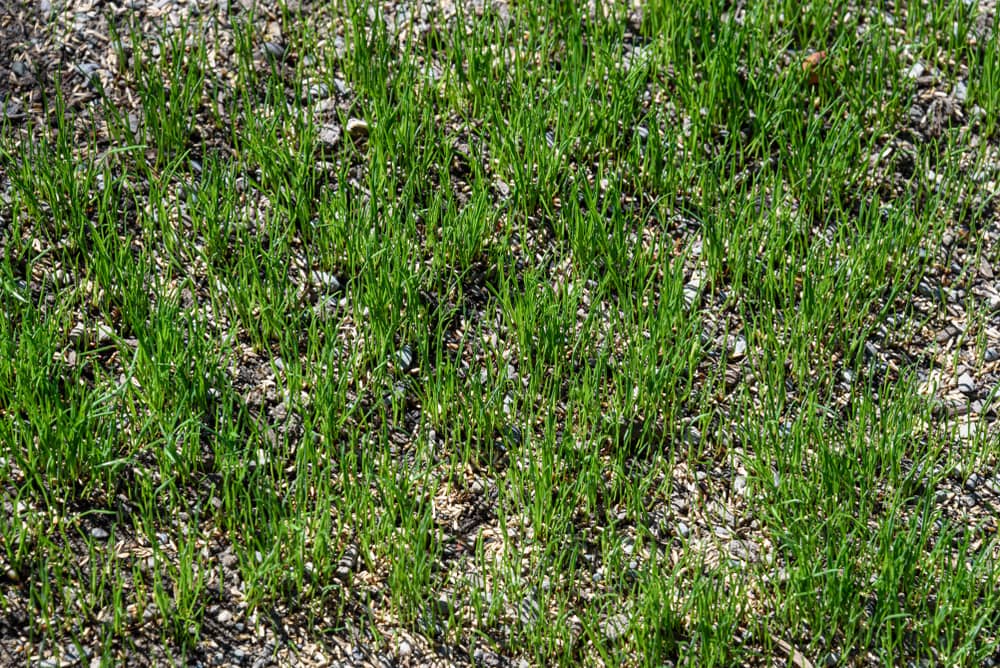
As autumn approaches, lawn care shifts from maintenance and growth to preparation for the coming year. Overseeding in the fall is an excellent strategy for homeowners looking to enhance their lawn’s density and vitality, helping it recover from the summer stress and prepare for winter dormancy. Here’s how you can effectively overseed your lawn this fall for a lush, healthy yard.
1. Choose the Right Seed
Cool-season grasses like fescue, ryegrass and bluegrass thrive in northern climates and are ideal for fall overseeding. In warmer regions, overseeding with cool-season grasses like ryegrass can provide a green lawn during the colder months when warm-season grasses, like Bermuda grass, go dormant.
2. Timing is Key
The best time for overseeding is when your existing lawn is still active and the temperatures are cool enough to support seed germination but warm enough to encourage growth. This typically means late summer to early fall, allowing the new grass to establish before the first frost.
3. Prepare the Lawn
Proper preparation is essential for successful overseeding:
- Mow Lower: Cut your lawn shorter than usual to reduce competition from existing grass and allow more sunlight to reach the new seeds.
- Rake and Remove Debris: Clear out thatch, leaves and other debris to ensure seeds can directly contact the soil.
- Aerate: Aerating your lawn before overseeding helps relieve compaction, improve soil structure and enhance seed-to-soil contact.
4. Spread the Seed
Use a broadcast or hand-held spreader for smaller areas to distribute the seed evenly over your lawn. Pay special attention to thin or bare areas; these may require a slightly heavier application rate.
5. Ensure Good Seed Contact
Good seed-to-soil contact is crucial for successful germination. After dispersing the seed, gently rake the area to ensure the seeds are in touch with the soil. A light covering of soil or straw over the seeds can help prevent them from being displaced by wind or rain and also offer protection from birds.

6. Water Wisely
After overseeding, maintain a consistent watering schedule that moistens the soil but not waterlogged. Watering lightly and frequently is key during the first few weeks until the seeds germinate. Once the new grass is established, gradually transition to deeper, less frequent watering to encourage strong root growth.
7. Maintain & Monitor
Continue to mow the lawn at a higher setting to avoid stressing the new grass. Monitor the progress and address any issues, such as fungal diseases or pest infestations, promptly.
Overseeding is a proactive approach that can significantly enhance the health and appearance of your lawn. By pursuing these strategies, you can ensure that your lawn is resilient, dense and beautifully green for the year ahead.
